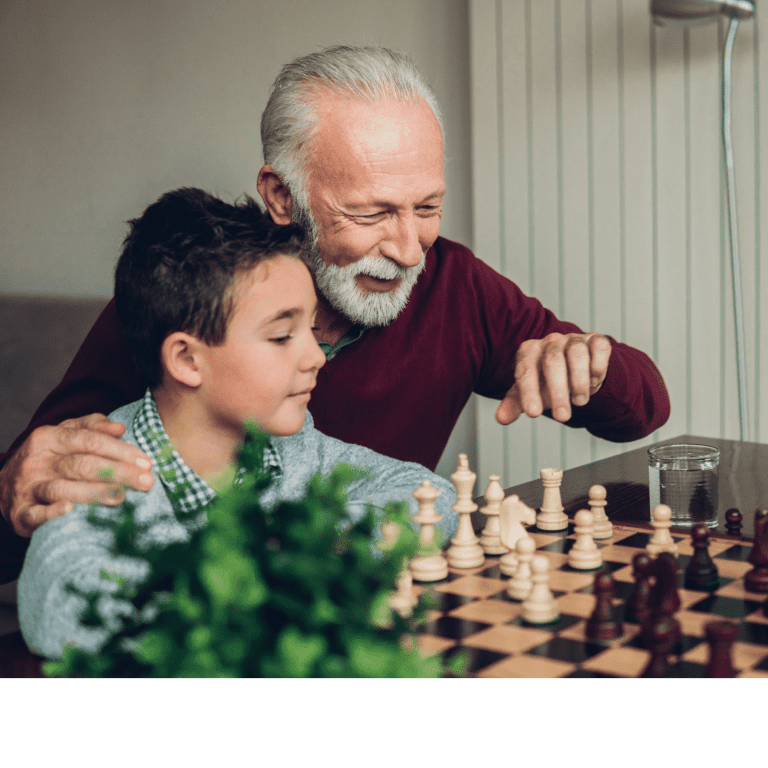Adults often view the inner child as the authentic self, hidden within them, and describe it as a part of their personality that reacts and feels like a child. While this concept might seem abstract, the psychological idea of the inner child is genuine and can significantly impact our behaviour and emotions. Healing the inner child is crucial for well-being, and various treatments can assist in this transformative process.
Which of our treatments can best help you heal your inner child?
Understanding Childhood Trauma Trauma in childhood can come from many experiences. If not addressed, these wounds last into adulthood. Traumatic experiences include loss of a parent or guardian, physical or emotional abuse, neglect, serious illness, bullying, family breakup, and more. Unresolved trauma may lead to destructive behaviours. These include self-sabotage, self-defeat, self-harm, and violence. How Childhood Trauma Affects Adulthood Major trauma experienced in childhood often lingers into adulthood, impacting thoughts, feelings, and behaviours. The result may manifest as destructive behaviours, and without intervention, these effects persist. Trauma cannot be undone. But, inner child work can heal and lead to better attitudes and lifestyles. Importance of Inner Child Work Ignoring the existence of the inner child and neglecting its needs is akin to ignoring a wounded child. Healing the inner child is essential for ending internal suffering and changing maladaptive behaviours. Acknowledging its existence and showing compassion are crucial steps toward healing. Loving Your Inner Child To love the inner child, you must practice self-compassion. You must also reconnect by doing activities you enjoyed in childhood. Playing games or doing activities with a positive mindset can foster happiness. It can also strengthen the bond with the inner child. Taking responsibility for the inner child is vital, and only through self-guided efforts can one effectively parent the inner child.

